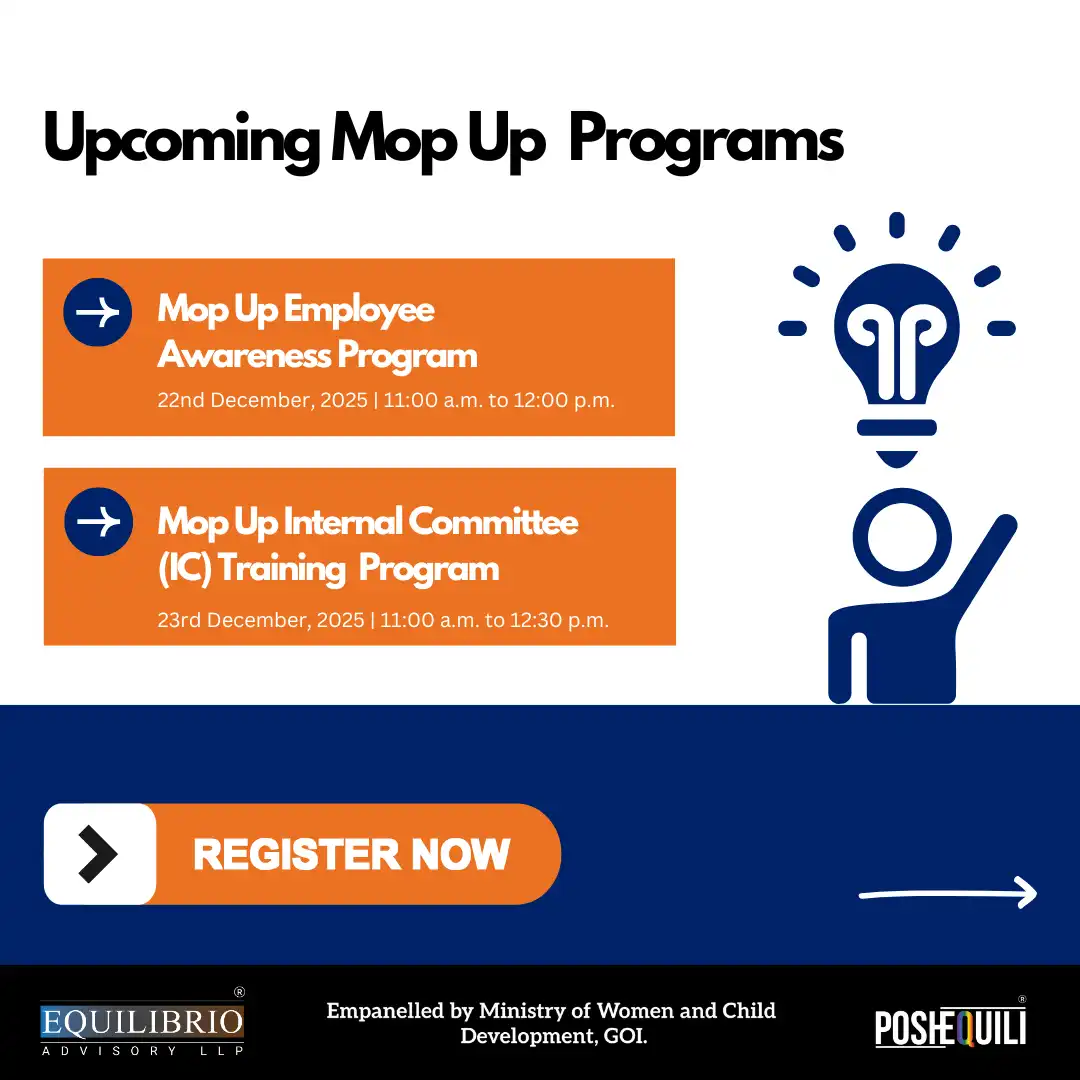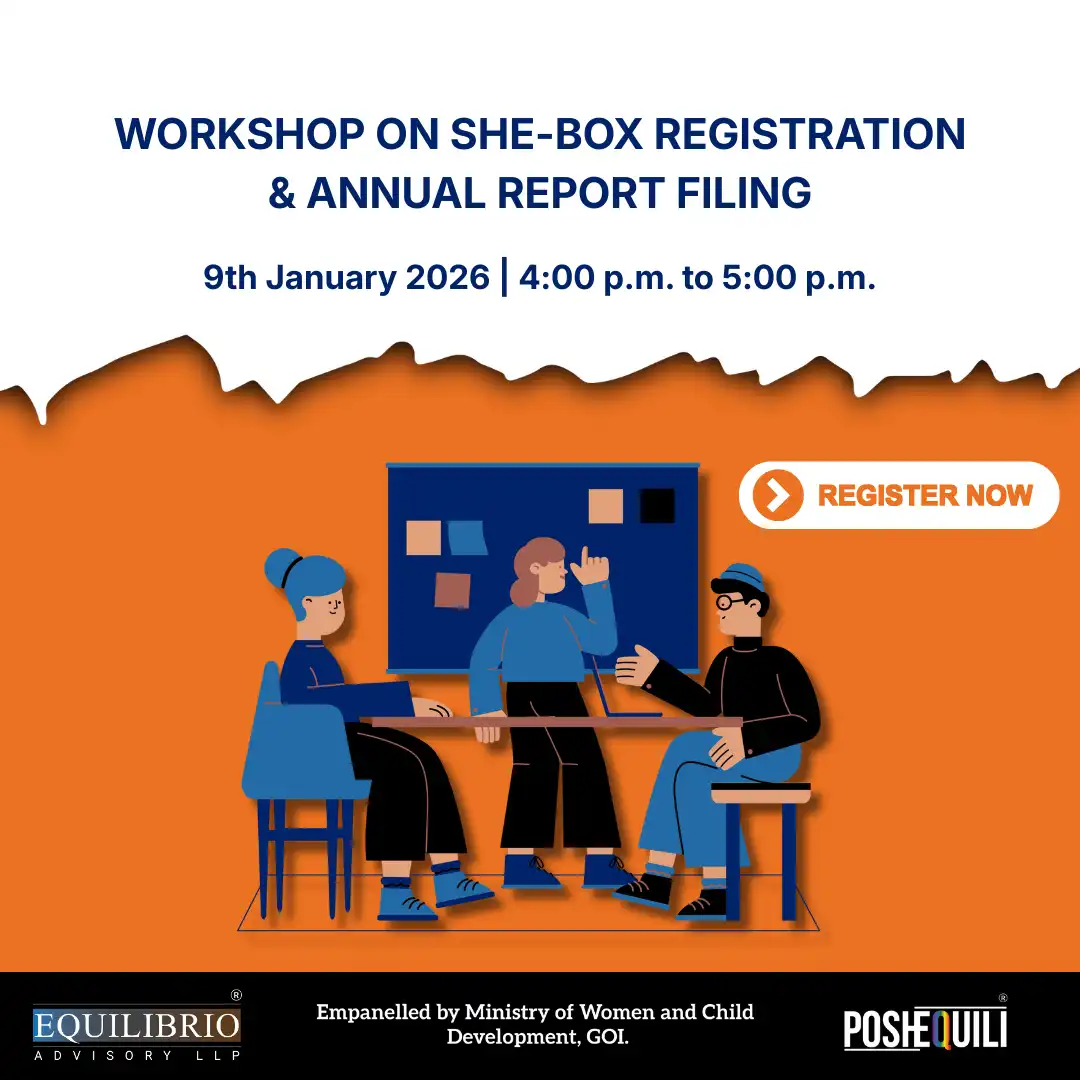16 Days of Activism- Global Movement for Gender Equality and Justice
Introduction:
According to the UN Women, approximately 736 million women, i.e., nearly one in three, have experienced intimate partner violence, non-partner sexual violence, or both at some point in their lives. More than four out of five women and girls (86%) live in nations without strong legal protections or in nations for which statistics are hard to come by. Activists are finding it tough to eradicate intimate partner violence in any nation. Even with the severity of the issue and these concerning patterns, there is still a dearth of funding dedicated to violence prevention. As per the Sustainable Development Goals, attaining gender equality by 2030 necessitates investing in the prevention of violence against women and girls.
Therefore, global movement called the 16 Days of Activism against Gender-Based Violence, takes place every year from November 25th to December 10th. With a focus on prevention, awareness, and advocacy, this movement seeks to bring attention to the widespread problem of gender-based violence. The campaign is evidence of the world’s dedication to ending violence against women and advancing gender parity. Because of the stigma, silence, impunity, and shame associated with it, violence against women and girls goes mostly unreported. Violence against women and girls can take many different forms, including physical, sexual, and psychological ones. These include:
- human trafficking (slavery, sexual exploitation);
- forced marriage; child marriage;
- forced sexual acts;
- unwanted sexual advances;
- child sexual abuse;
- street harassment;
- cyber-harassment;
- intimate partner violence (battering, psychological abuse, marital rape, femicide).
- digital violence manifesting in various perverse forms in the virtual world.
The majority of victims of digital violence are women and girls, and is thus, also referred to as gender-based violence enabled by technology and coming from underprivileged groups. These cyberviolence occasionally spread offline, endangering people’s physical security.
Historical Background:

The Dominican Republic’s Patria, Minerva, and Maria Teresa Mirabal were three political activists who vehemently opposed the brutality and institutionalized violence of the Trujillo dictatorship. On November 25, 1960, Trujillo’s secret police beat the sisters to death and dumped them at the base of a cliff. In 1980, the International Day for the Elimination of Violence Against Women in Latin America was declared on November 25th, in remembrance of the Mirabal sisters, who rose to prominence as symbols of the feminist resistance. The United Nations formally recognized this international day in 1999.

A global campaign known as 16 Days of Activism was called for in June 1991 by the Centre for Women’s Global Leadership (“CWGL”) and attendees of the inaugural Women’s Global Institute on Women, Violence, and Human Rights. The dates from November 25 for the International Day for the Elimination of Violence Against Women and December 10 for Human Rights Day signify a holistic strategy that connects the fight against gender-based violence to the larger human rights movement. When we recognise gender-based violence as part of the larger human rights movement, we are galvanising the need to treat violence as a human rights issue rather than something that only affects one sect of the population. This not only creates a sense of solidarity between marginalised communities and allies but also fosters accountability especially when the rhetoric reflects sectarianism. This strategy also pulls in institutional support as part of public health initiatives instead of marking it off as charity work.

There are also few other important dates during the 16 days of Activism, the International Day for the Elimination of Violence Against Women is observed on November 25; International Women Human Rights Defenders Day is observed on November 29; December 1st is World AIDS Day; December 3rd is International Day of Persons with Disabilities; Volunteer Day for Economic and Social Development is on December 5 and December 10th is both the anniversary of the Universal Declaration of Human Rights and International Human Rights Day.
Objectives of the Campaign:
- Raise Awareness: One of the primary goals of the 16 Days of Activism is to raise public awareness on the prevalence of gender-based violence around the world. The campaign’s goal is to raise awareness of this significant issue while educating individuals and groups about the different types of abuse that women and girls experience.
- Encourage Gender Equality: The campaign advocates for gender equality as a fundamental human right. It highlights how important it is to overthrow patriarchal structures and challenge social mores that condone discrimination and violence against women. We, at Equilibrio, in commemoration for the 10th Anniversary of POSH in tandem with 16 Days of Activism Against Gender-based Violence had a powerful collab with THE organisation that leads the way in engaging men into advocacy work in this space: Men Against Violence and Abuse, or lovingly known as MAVA. Our punchy collab resulted in a five-poster series following the story of Abhimanyu from childhood through adolescent, middle age and, eventually, into old age. We see Abhimanyu being influenced by the seemingly innocuous comments from society and passing it on to his peers, at his romantic interests and even to his son. Follow Abhimanyu’s story here.
- Promote Advocacy and Action: The 16 Days of Activism serve as more than just a consciousness-raising campaign. It is advised that in order to address and prevent gender-based violence, governments, organizations, and activists take proactive steps. This could include changes to legislation, policy, and the creation of programs for support for survivors.
- Give Survivors’ Voices a Platform: This campaign creates a safe space for victims of gender-based violence to tell their stories. By elevating these voices, encouraging empathy, and fostering understanding, the 16 Days of Activism humanize the issue while challenging stigma and separate perpetrator’s act from the victim thereby reducing victim-blaming.
Global Participation:
Since the conception of the movement in 1991 at the Women’s Global Leadership Institute we have seen a rising tide of support for this campaign. For example, the United Nations Secretary-General launched in 2008 the campaign UNITE by 2030 to End Violence against Women, which runs tandem to the 16 Days of Activism. The UN has gone to great lengths to support organisations in raising awareness through this campaign and to action the UN’s goal of preventing Gender-based violence against womxn and girls by 2030. For an extensive social media campaign kit as shared by the UN, click here. At Equilibrio, combatting gender-based violence (GBV) is at the crux of all we do, hence we launched four campaigns observing 16 Days of Activism along with social media posts highlighting sexual violence against women and girls and the socio-cultural paradigm through which it is perpetuated. Our campaigns were launched with the very real intention of wanting to end gender-based violence, especially in the context of the POSH Law, 2013. It is serendipitous that the POSH Law, 2013’s anniversary falls within this timeline.
Participation in the 16 Days of Activism spans continents, cultures, and communities, making it a truly global movement. Events, seminars, workshops, and other activities are arranged by governments, non-governmental organizations, and private citizens to start public discussions about gender-based violence. Social media channels are essential for spreading the campaign’s message, reaching a large audience, and encouraging a feeling of solidarity among people all over the world.
Challenges and Progress:
Despite all attempts and everywhere in the world, violence against women is still a major issue. Women’s rights are not the only ones being violated by this violence. Their most fundamental human right—the right to feel safe—is being violated. Whether we are discussing online or offline, psychological or physical safety. Also, notwithstanding 16 Days of Activism’s notable progress in increasing awareness and stimulating conversation, problems still exist. Many societies still have deeply ingrained gender-based violence, and discriminatory cultural norms continue to be upheld. In India, GBV manifests in many forms whether it be sexual violence like rape, molestation and “eve teasing” or structural violence like the Glass Ceiling and bigotry at the organisational level, hiring only unmarried women or only promoting men, the wage gap etc. The 16 Days of Activism have, nevertheless, also spurred constructive change, resulting in expanded support services, a change in legislation, and a heightened understanding of the necessity of all-encompassing, multi-sectoral strategies to address gender-based violence.
Conclusion:
It is possible to stop violence against women; it is not inevitable. Inform your coworkers, families, schools, and communities. Our voices will be heard, and our message will be amplified together. The 16 Days of Activism Against Gender-Based Violence is a global movement for gender equality that offers hope to those who fight for it. This campaign supports the ongoing efforts to end violence against women and build a society in which everyone can live without fear or discrimination by offering a forum for awareness, advocacy, and action. It serves as a reminder that combating gender-based violence necessitates teamwork and a dedication to building a more equitable and just society for all.




